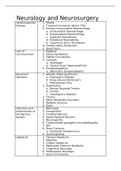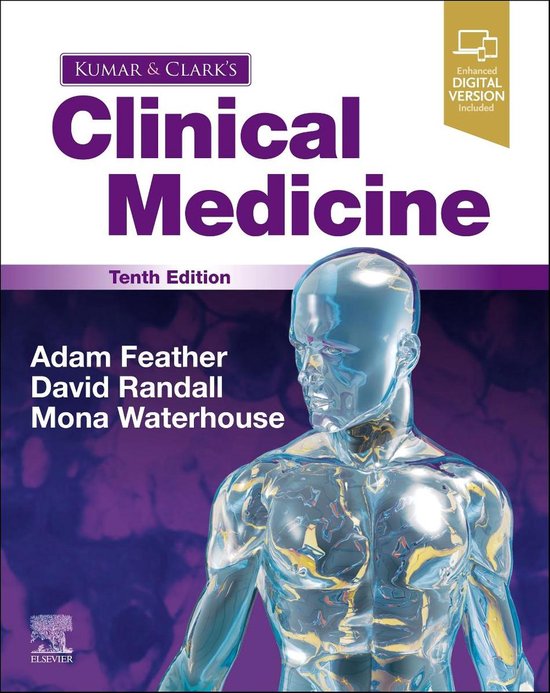Summary
Summary Neurology and Neurosurgery
Comprehensive notes on Neurology and Neurosurgery for the University of Cambridge Medical course. Written by a top decile student. It will be covering: 1) Cerebrovascular Disease including Stroke 2) Loss of Consciousness including Epilepsy 3) Movement Disorders 4) Inflammatory and Infectious ...
[Show more]




